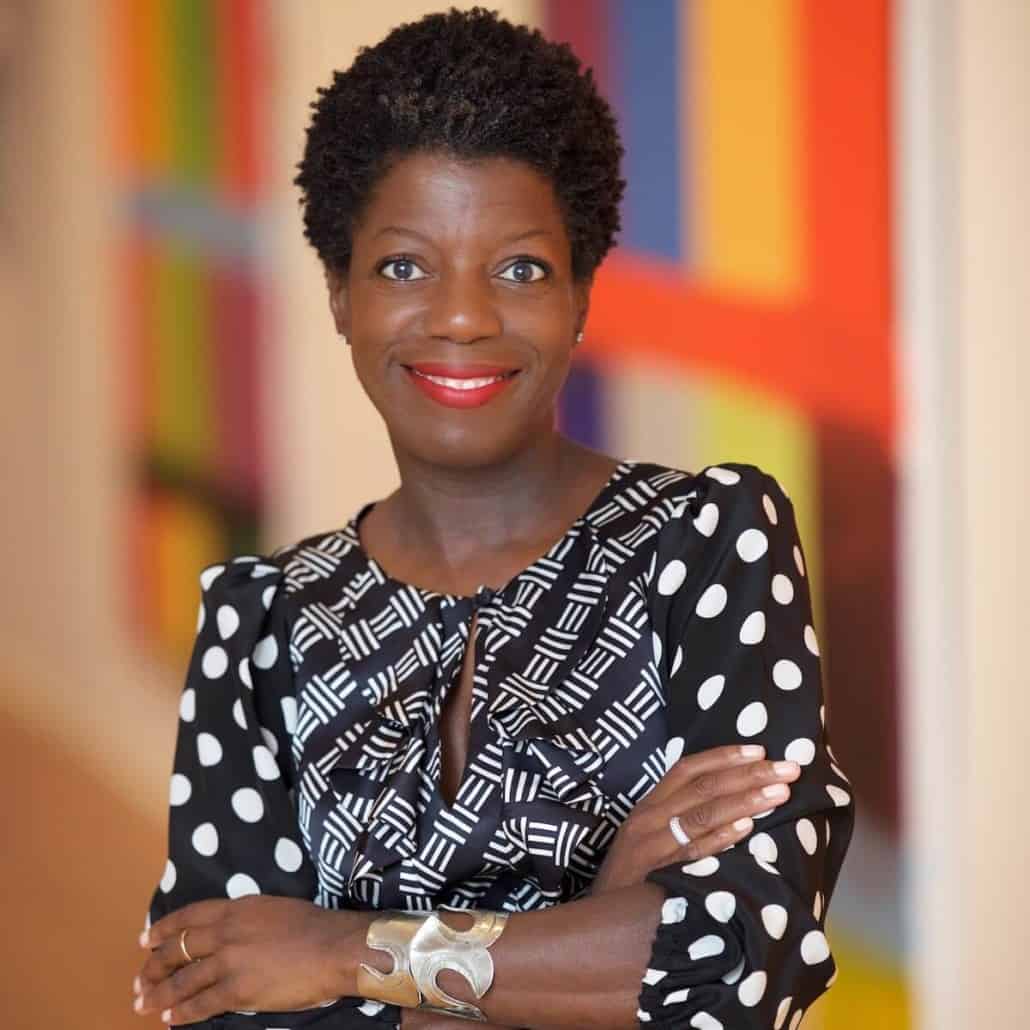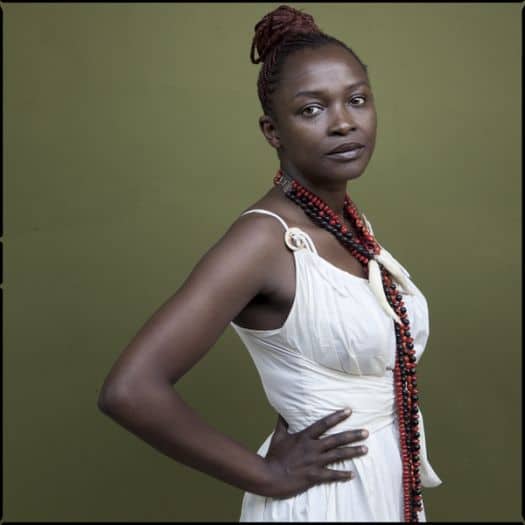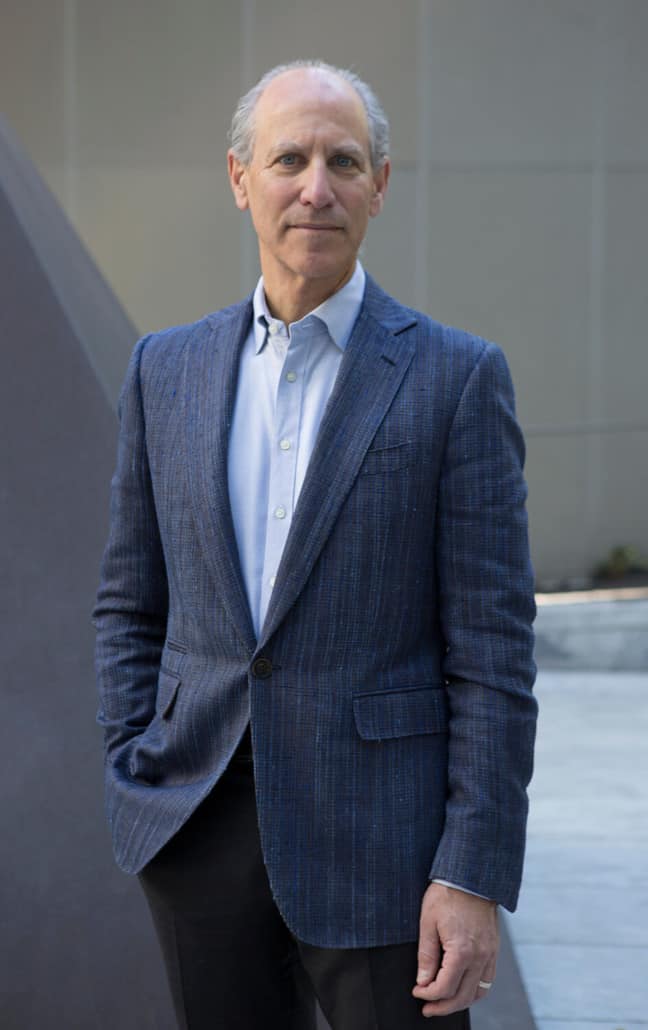Thelma Golden, Koyo Kouoh and Sheikha Hoor Al-Qasimi have been ranked as some of the most prominent individuals in the art world
 Thelma Golden (no. 7) is the Director and Chief Curator of The Studio Museum in Harlem, New York City, USA. © Julie Skarratt.
Thelma Golden (no. 7) is the Director and Chief Curator of The Studio Museum in Harlem, New York City, USA. © Julie Skarratt.
Glenn D. Lowry is number 1 in the 18th edition of the ArtReview Power 100, the museum director is followed on the list by photographer Nan Goldin. At number 3 are the gallerists Iwan & Manuela Wirth. Artist Hito Steyerl is number 4, and gallerist David Zwirner is number 5.
The 2019 list, compiled in consultation with a panel of 30 artists, curators and critics from around the world, continues to reflect a shift away from the traditional power hubs. In proposing the individuals and organisations that are having the most influence on the type of art being produced and exhibited during the last 12 months, the panel has highlighted figures such as Koyo Kouoh (56, Zeitz MOCAA) in Africa, Sheikha Hoor Al-Qasimi (32, Sharjah Biennial, Lahore Biennale, Africa Institute) in the Middle East, Nadia & Rajeeb Samdani and Diana Campbell Betancourt (47, Dhaka Art Summit) in South Asia, Eugene Tan (53, National Gallery Singapore, Singapore Art Museum) in Southeast Asia and Pablo León de la Barra (90, MAC Niteroi, Guggenheim) in Latin America, among many others.
Which is not to say that inequalities in power and representation are rapidly and efficiently being addressed and resolved. While mirroring the ways in which an increasingly connected and internationalised art system is thinking about global inequalities of power, the list remains a reflection of power as it is, rather than as it should be.
 Koyo Kouoh (no. 56) is the Executive Director and Chief Curator of Zeitz MOCAA. Image from the ART AFRICA archive (2014).
Koyo Kouoh (no. 56) is the Executive Director and Chief Curator of Zeitz MOCAA. Image from the ART AFRICA archive (2014).
With a new $450 million extension and a thorough rethinking of the museum model, MoMA, under the longtime direction of Lowry, has reopened this autumn featuring a rehung collection that dramatically steps away from a traditional, linear presentation of art history. In a year – and era – marked by disruption, protest and bitter conflict between outsiders and the establishment, not least over the question of who gets to represent culture, institutions have been forced to respond with convincing arguments or risk being sidelined. MoMA may have arrived at this approach with guidance from the Studio Museum of Harlem’s Thelma Golden (7) and implicit encouragement from Tate’s recent efforts to decolonise and ‘decentre’ its own collection – Tate’s director, Maria Balshaw, is 9th on the list – but as the world’s wealthiest museum, it is now leading the way in offering a more global representation of art’s histories and the diversity of the artists working today and across the decades. Also very active in responding to the challenges posed by changing art infrastructures, Miuccia Prada (11) and Marc Glimcher (23) each present ambitious models of transformation, the Fondazione Prada with exhibitions that routinely exceed ‘museum quality’ and extend the art experience into the social, with pop-up clubs featuring performance and other works during a handful of the major global art fairs; and Glimcher’s Pace via a new eight-storey multipurpose art palace in Manhattan that also accommodates experience and spectacle.
Pushing for change from the outside, Nan Goldin (2) has spearheaded protests against the Sackler family over its implication in the opioid crisis in the US and for its engagement in the ‘artwashing’ of profits from the sale of OxyContin by family-owned Purdue Pharma, a campaign that has resulted in the refusal of Sackler funds by institutions including the National Portrait Gallery and Tate in London. Goldin’s questioning of the ethics of philanthropy is proving a point often subject to debate: that art and artists can and do effect change in the real world. Felwine Sarr & Bénédicte Savoy (6) have been instrumental in questioning the function of the museum while making the case for the unconditional return of art obtained in suspect circumstances by Western institutions, a theme picked up in the activism of the American-based movement Decolonize This Place (19). The Indonesian artist collective ruangrupa (10), artistic directors of the next Documenta, perhaps best represent those who are creating new institutional models and systems, through their work with Gudskul in Jakarta and its emphasis on research and collaboration in the creation, funding and presentation of art.
 Glenn D. Lowry (no. 1) is the Director of the Museum of Modern Art in New York City since 1995. ©Peter Ross
Glenn D. Lowry (no. 1) is the Director of the Museum of Modern Art in New York City since 1995. ©Peter Ross
In the current atmosphere of systemic crisis, with the nature of power in flux and subject to disruption, what is clear is that institutions are newly responsive to alternative models for structuring the artworld. The artist Banksy (14) makes this list precisely for the way in which his existence highlights institutional willingness (and struggle) to accommodate an artist who has no need for the establishment.
As the battle for control over who gets to represent culture plays out, the dominant institutions and narratives will continue to come under pressure to adapt.
The full ArtReview 2019 Power 100 Ranking can be viewed here.



